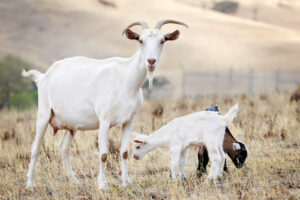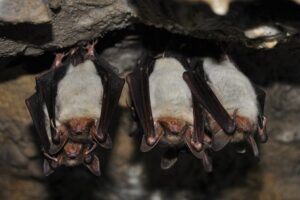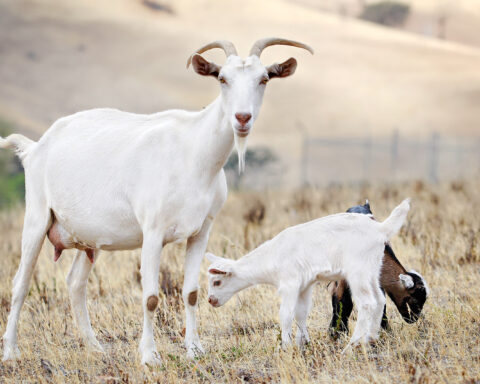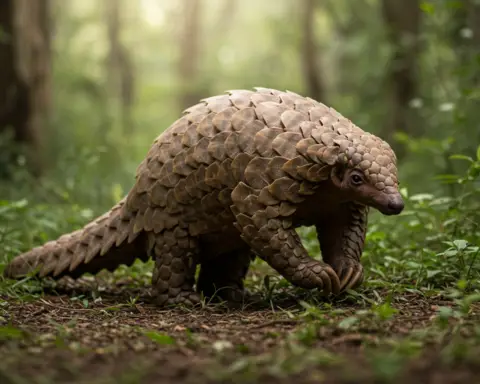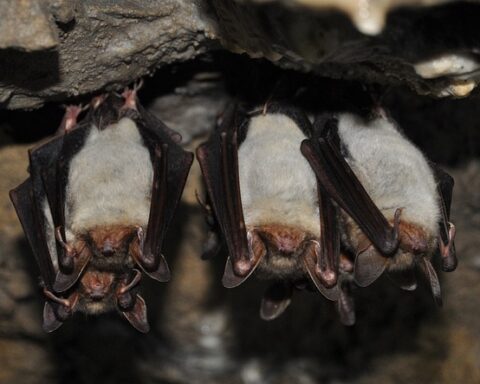Sea otters inhabit offshore waters and spend a lot of time in water while they usually dive up to 330 feet in search of bottom-dwelling species. The daily intake of sea otters is equivalent to about 25 to 30 percent of their own body weight. This is because they lack blubber or layer of fat under the skin (just like in other marine mammals) and so, they have to gorge on the food to keep themselves warm enough to survive.
The primary diet of sea otters consists of aquatic invertebrates including crustaceans, sea urchins, mollusks and fish. Besides, they also prefer to eat crabs, large barnacles, mussels, snails, tubeworms, clams, squid, octopuses, chitons, scallops, sea cucumbers, sea stars and abalone. All in all, the sea otter preys on at least 100 different marine species.
Learn more: What do beavers eat in the wild?
How do sea otters hunt?
They have a unique foraging habit because they use rocks to kill their prey. Thus, the sea otter is one of the very few mammals to make an effective use of tools (the other mammals are primates) and perhaps the only aquatic mammal to pick up rocks and catch fish by means of its forepaws. There is a unique skin pouch below its forelegs and across the chest. It is used for storing the food as the animal picks off snails from the sea floor and brings them up to the water surface. What’s more, this unique pouch of skin can also carry a rock, which in turn, is used to pry open clams or shellfish thereby pulling out the meal from within. If it finds a hard-shelled prey, the sea otter will hammer it against the rock. As the sea otter floats on its back, it rips the prey apart and dine on it through its forepaws.
By eating sea urchins, the sea otter helps in conserving the kelp forests, one of the world’s most productive ecosystems. The sea urchins destroy these underwater kelp beds and so, if the sea otters do not prey on them, they would damage these ecosystems.
They are diurnal species and tend to forage for food during the initial hours of the daybreak. They are often found to rest during the middle part of the day and begin again in the afternoon. At night, only the mothers tend to forage for food provisions while others may resume searching for food in the middle of the night.
References:
“Sea Otter”. Defenders of Wildlife
“Sea Otter”. National Geographic
Doroff, A. & Burdin, A. 2015. Enhydra lutris. The IUCN Red List of Threatened Species 2015: e.T7750A21939518. http://dx.doi.org/10.2305/IUCN.UK.2015-2.RLTS.T7750A21939518.en.

